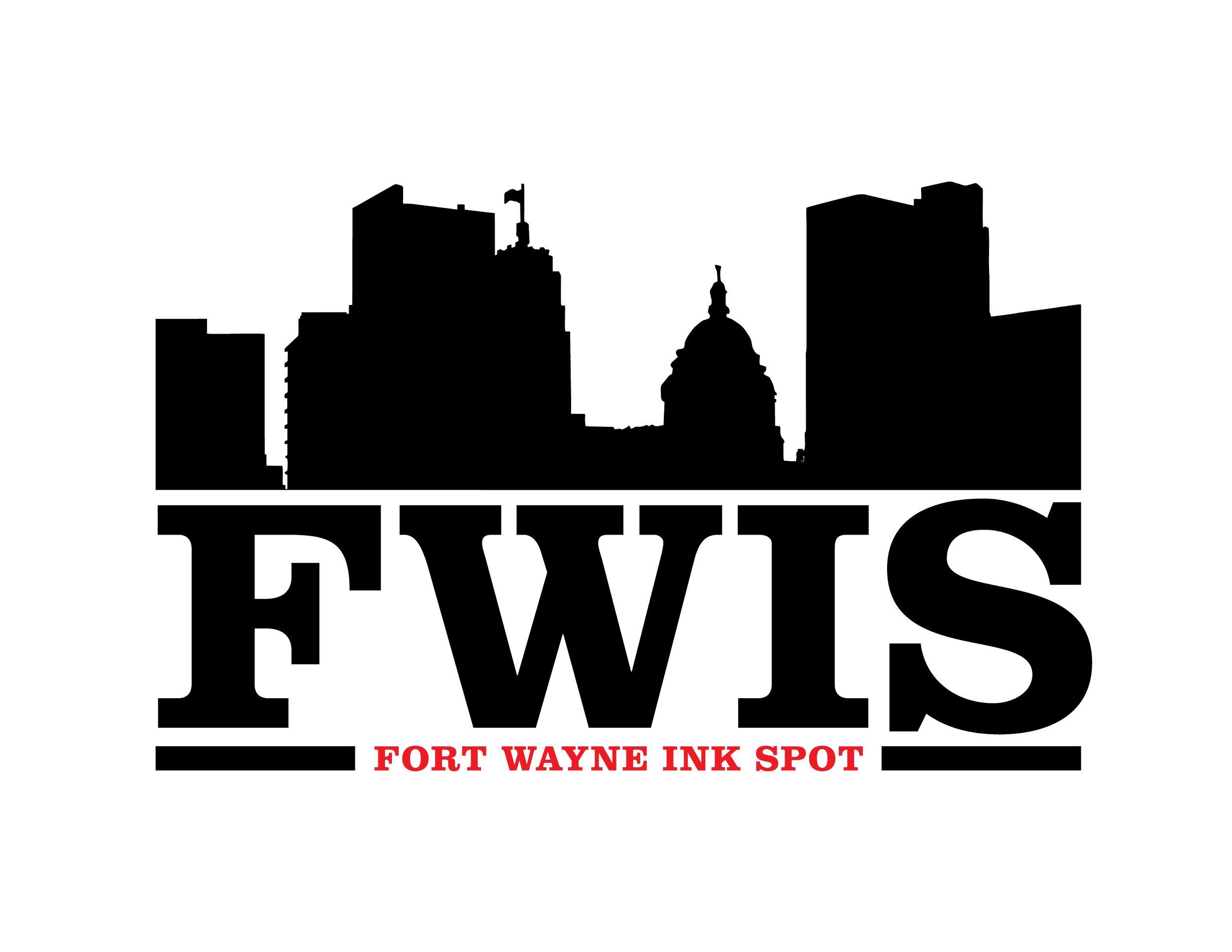Puerto Rico, a Year After Hurricane Maria

Header image: NPR.org
PR Resident Recalls the Devastation from September 2017
Puerto Rico’s official death toll from Hurricane Maria is 2,975, according to an independent study by experts from George Washington University released at the end of August 2018. The initial official count of 64 was reported, then copied and pasted out into the world, but the accounting was prefaced with the possibility of a much higher number (4,600) by Puerto Rican officials.
President Trump raised boisterous concerns about the official count, noting the vast disparity between the two numbers.
The government's initial number was for those killed directly by the hurricane, from collapsed buildings, drownings, or flying debris.
But the new report also accounted for those who died in the six months following the storm as a result of poor healthcare provisions, and a lack of electricity and clean water. Repeated power blackouts also led to an increased number of deaths from diabetes and sepsis, a life-threatening complication of an infection.
Puerto Rican Nelliud D. Torres, the chancellor of the Computer Science department and professor at the University of Puerto Rico, Bayamón Campus, has lived at this current residence for just over 22 years, about 25 miles from the Atlantic Ocean. The father of three discussed the hurricane’s devastation with the Fort Wayne Ink Spot, while providing an update on the island’s return to normalcy for its 3.4 million residents.
Fort Wayne Ink Spot (FWIS): Can you describe the storm from your point of view?
Nelliud Torres: It was the strongest hurricane I’ve ever seen. The wind blew so hard. I don’t live in a flood-prone area, however water got into the house because the rain was so hard and constant; the leaves covered over almost all the holes and places where the water could drain. Hearing something big detached from a house was a constant sound.
FWIS: Can you describe damages to the other areas?
Torres: Almost all of the trees lost their leaves. The land looked brown, instead of green. Other areas had to face flooding and short-circuiting; the roads were covered with trees and all kinds of debris. No power, no water, no communication, and no gasoline. The first week was complete chaos. It was not easy, and the best option was to stay at home as long as possible and avoid traveling until things improved.
FWIS: How long were you without electricity?
Torres: I was one of the luckiest. I received electricity late November. So I had to wait three months until I could use electricity.
FWIS: Has electricity been fully restored yet in your neighborhood?
Torres: In my area it is, however I know some rural areas took more time to restore. Today approximately 2,000 houses are still without electricity. Even a year after Maria, many traffic lights are without power.
FWIS: How is the overall condition of the island now?
Torres: We are getting better, one step at a time. Some services are not fully operational yet, but we are indeed recovering. I guess some areas in the interior of the island would need maybe another two or three years to fully recover.
The university started class in late October, a month and a half after the hurricane hit. We had to reschedule classes and the semester finished by late February. The second semester finished early July. Now, we are finally running on schedule.
FWIS: Did you know anyone who died because the hurricane?
Torres: Thank God not any of my relatives died. I have read many stories about some of people that died and how they died, but no one close to me. The stories I heard were very sad.
FWIS: What is your thoughts about President Trump’s doubts on the numbers of reported deaths?
Torres: Oh, that’s an internal political issue. The actual Puerto Rican administration (by the way, they want us to become state of the union) apparently hid the number of dead, so the President and the rest of the world would think that we handled the emergency in an effective way. When the President came, they took him into one of the richer, urbanized areas of the island.
Of course, when some U.S. universities researched, they found out about 3,000 people died. So, even if I don’t like Trump’s politics and ideas, I understand perfectly about his doubts regarding the number of dead people during the passing of Hurricane Maria. He was completely right having doubts about that report.
